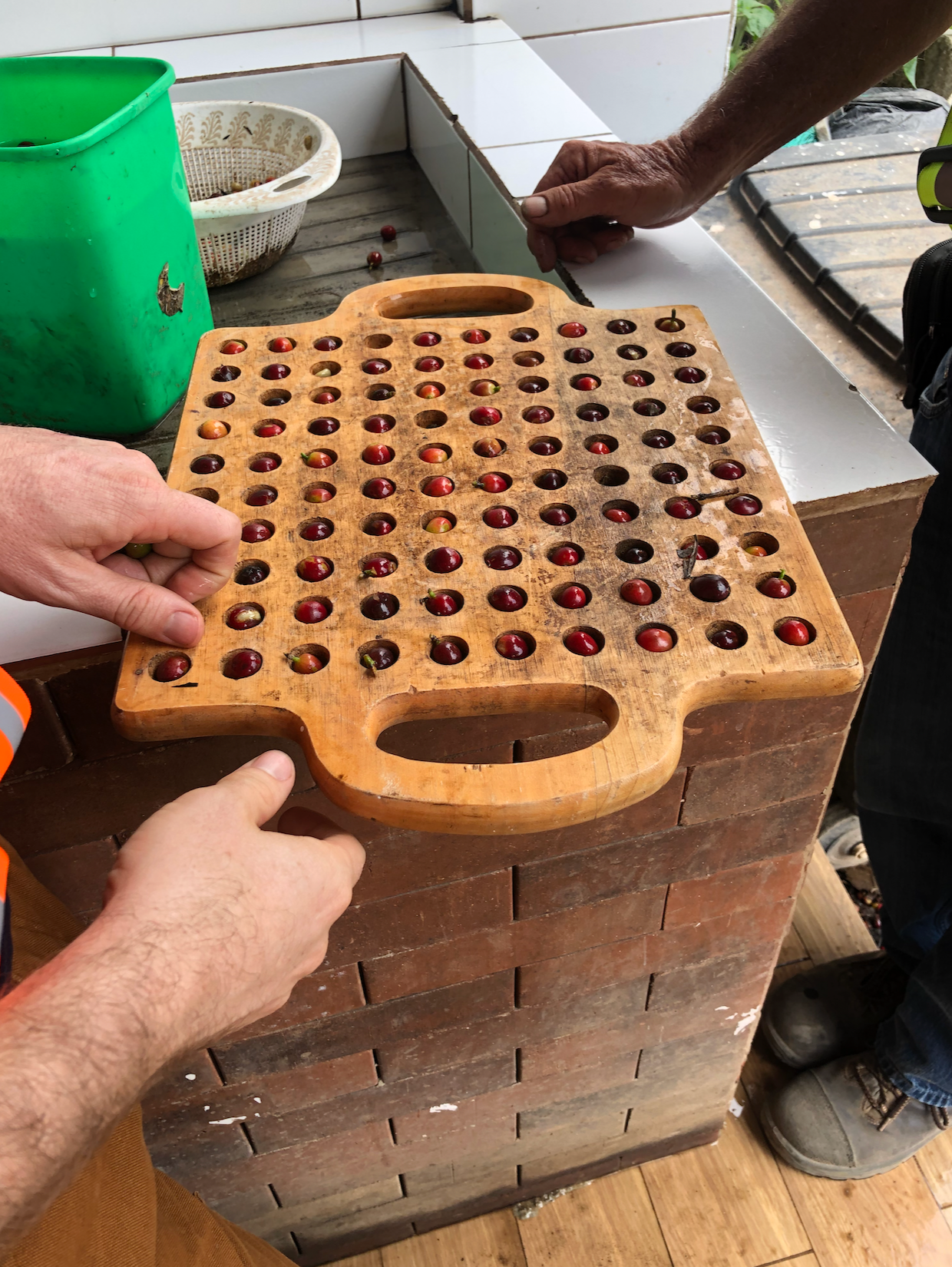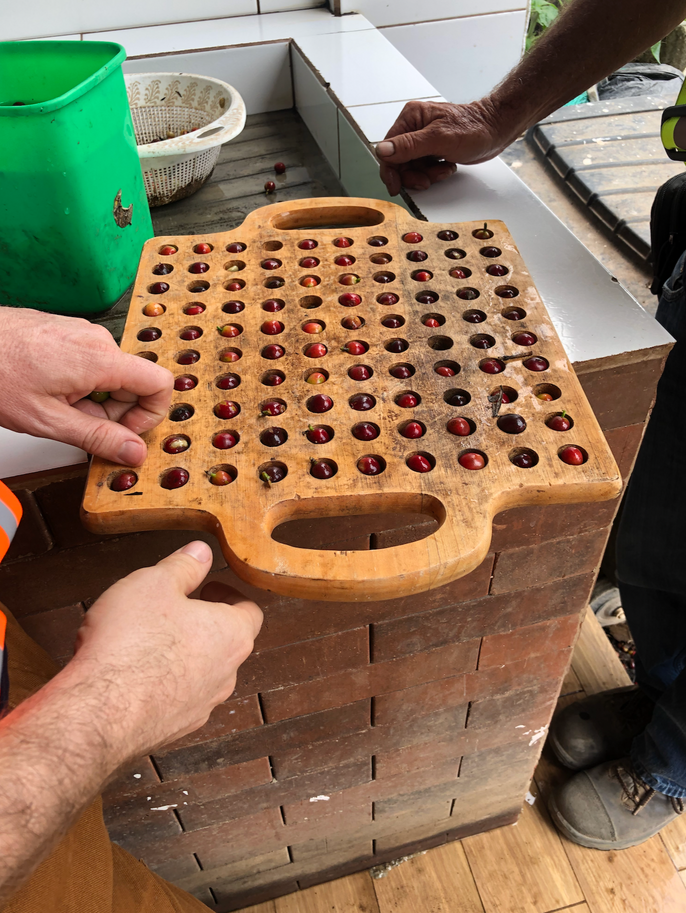coffee production processes
WASHED
After harvest, the cherry flesh is removed from the bean using friction, fermentation & water (hence the name). The bean is then dried on its own. Washed coffees tend to have clean, bright clarity.NATURAL
After harvest, the coffee cherry dries, bean inside. The fruit’s sugars ferment, affecting the flavour. Natural coffees tend to have a heavy mouthfeel, muted acidity & exotic profile.ANAEROBIC FERMENTATION
After harvest, the cherry is de-pulped and separated from the mucilage. The bean is fermented in an environment without oxygen, producing mainly lactic acid & giving the coffee complex, fruity notes.ANAEROBIC THERMIC
With Anaerobic, the cherry is de-pulped and separated from the mucilage. The bean is fermented in an environment without oxygen, producing mainly lactic acid & giving the coffee complex, fruity notes. Thermic, a type of Anaerobic process, further intensifies flavours by applying heat.HONEY
After harvesting and removing the cherry skin, the coffee is dried with a small amount of the fruit’s sticky mucilage or “honey” left on. It can impart a mellow & slightly fruity taste to the coffee.WET HULLED
Coffee cherries are picked, pulped, partially dried, then the outer parchment is removed and the coffee is patio dried, resulting in unique herbal flavours and full body.CARBONIC MACERATION
After harvest, whole coffee cherries are loaded into stainless steel tanks without water. During carbonic maceration, carbon dioxide permeates the cherry skins and begins to stimulate fermentation inside each intact cherry. This deoxygenated environment allows further develop the flavours of the coffee.
